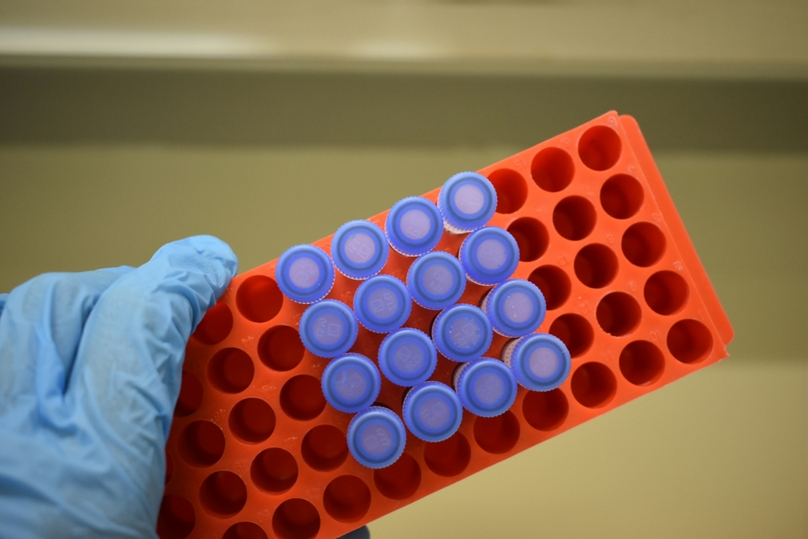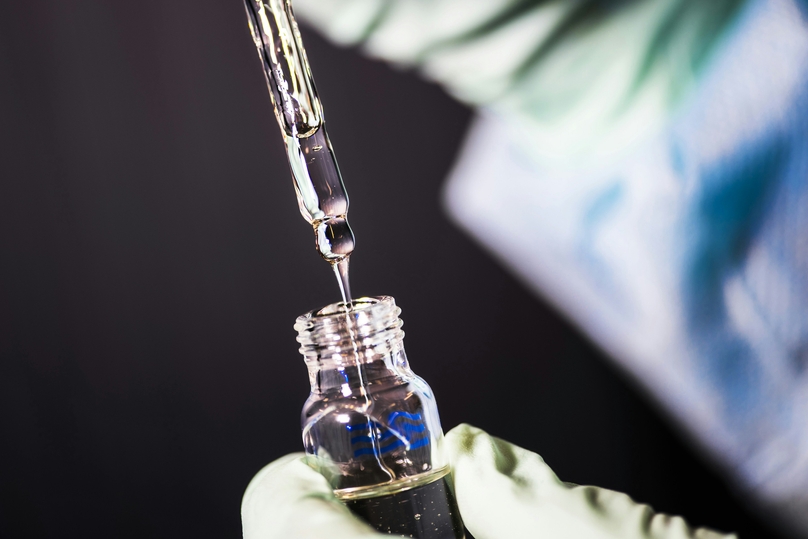In the fast-paced world of biopharmaceutical research, precision and efficiency are paramount. As scientists strive to develop groundbreaking therapies and treatments, the management of samples emerges as a critical factor that can significantly impact the quality and pace of research endeavors. Mastering sample management is not just a procedural concern; it is a strategic imperative that can streamline workflows, enhance data integrity, and accelerate the journey from discovery to patient care.
The Essence of Sample Management
Sample management is the systematic handling, tracking, and preservation of biological specimens used in research. These specimens can range from cell cultures and tissues to blood and DNA samples. The quality and integrity of these samples directly influence the accuracy and reproducibility of experimental results. As biopharmaceutical research becomes more complex and diversified, effective sample management becomes an indispensable component of success.
Challenges in Sample Management
Several challenges underscore the significance of mastering sample management. Firstly, the sheer volume of samples generated in modern research labs necessitates meticulous organization. Each sample must be accurately labeled, logged into a database, and stored under controlled conditions to prevent degradation. Secondly, maintaining the traceability of samples is essential to ensure the reproducibility of experiments and comply with regulatory requirements. Any lapse in tracking could undermine the credibility of research outcomes. Lastly, factors like sample contamination, improper storage, and inadequate documentation can compromise the reliability of results.
Strategies for Optimal Sample Management
Ensuring the efficient and accurate management of laboratory samples is paramount in research. Here are key strategies to achieve optimal sample handling and organization:
Digital Tracking Systems
Implementing laboratory information management systems (LIMS) can revolutionize sample management. LIMS software allows researchers to log, track, and retrieve samples efficiently, reducing the likelihood of errors associated with manual record-keeping. It also aids in monitoring storage conditions and sample usage history.
Standard Operating Procedures (SOPs)
Developing and enforcing well-defined SOPs for sample handling is crucial. SOPs ensure uniformity in sample processing, minimizing variability and enhancing data quality. Regular training on these procedures is essential to maintain consistency across the research team.
Barcoding and RFID Technology
Barcoding and radio-frequency identification (RFID) technology enable automated sample tracking. Barcoded labels can be scanned quickly, reducing the chances of human error, while RFID tags can transmit real-time data about sample location and storage conditions.
Sample Storage Systems
Investing in state-of-the-art sample storage equipment, such as ultra-low temperature freezers and liquid nitrogen tanks, helps preserve sample integrity over time. These systems maintain stable conditions, preventing sample degradation and ensuring long-term viability.
Quality Control Measures
Incorporating quality control checks at various stages of sample management guarantees accuracy. Regularly monitoring sample quality through visual inspection, viability assays, and nucleic acid quantification can catch issues early on.
Collaborative Platforms
Cloud-based platforms facilitate collaboration among researchers and institutions. They enable secure sharing of sample data, reducing duplication of efforts and enhancing collective knowledge.
Risk Management
Developing contingency plans for potential sample loss, such as backup storage locations and redundant tracking systems, is a proactive approach to mitigate risks.
Regulatory Compliance
Adhering to regulatory guidelines is non-negotiable in biopharmaceutical research. Properly managed samples and documented processes ensure compliance with Good Laboratory Practice (GLP) and Good Manufacturing Practice (GMP) regulations.
Benefits of Mastering Sample Management
A well-executed sample management strategy yields manifold benefits. Researchers can expect increased experimental reproducibility, accelerated data-driven insights, and shortened development timelines for new therapies. Accurate tracking and tracing of samples also contribute to confident decision-making, reducing the risk of basing critical choices on flawed or mismanaged data. Moreover, efficient sample management enhances collaboration among research teams and promotes transparency in reporting.
Mastering sample management is not merely an operational detail; it's a cornerstone of successful biopharmaceutical research. The ability to handle, store, and track samples effectively can elevate the reliability and credibility of research outcomes, leading to advancements in medical science with real-world impact. With the array of technological tools and best practices available, researchers have the means to optimize their sample management processes and push the boundaries of innovation in biopharmaceuticals.


















